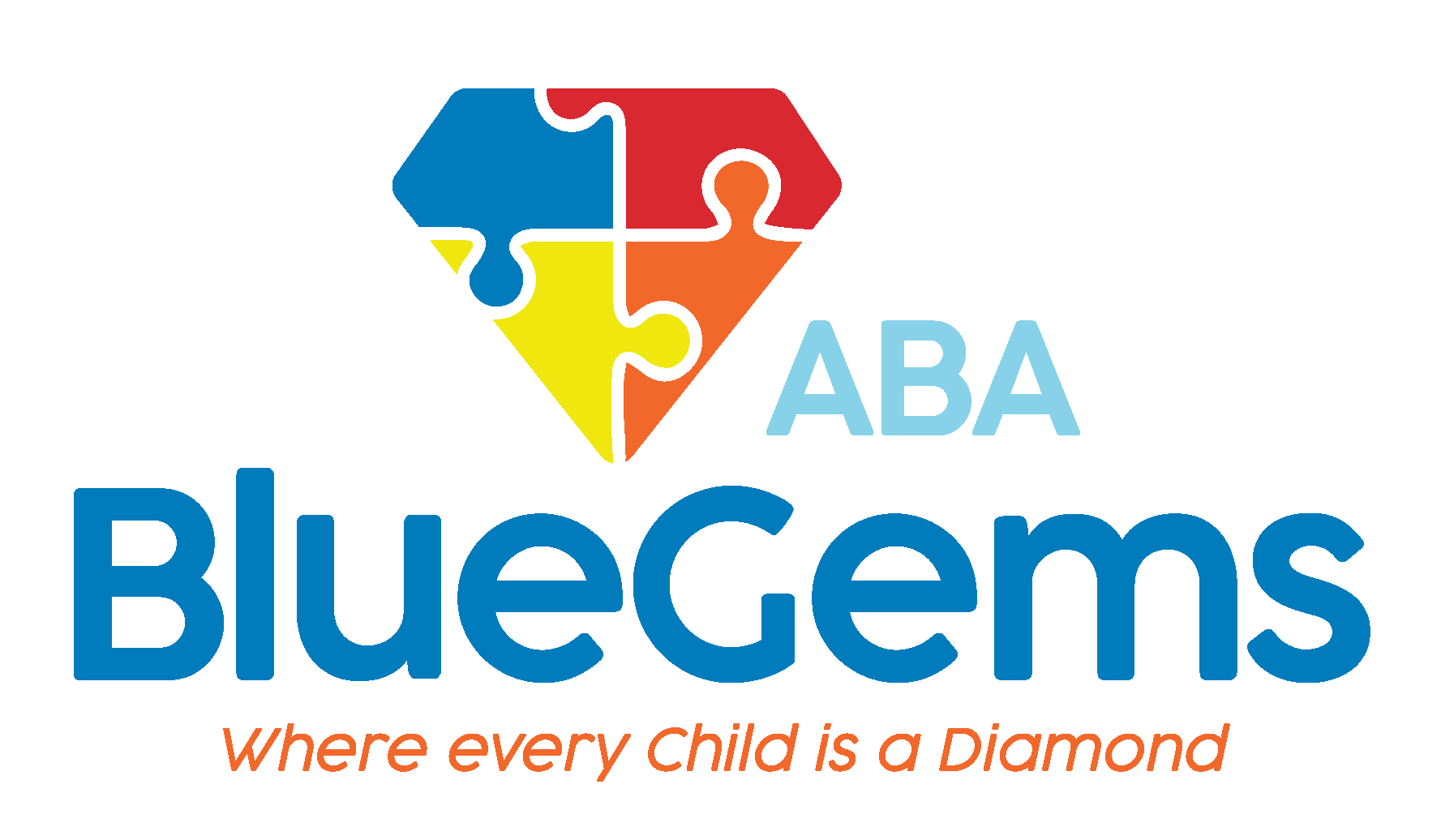CSBS Developmental Profile (CSBS-DP)
Preventative care and early detection are two phrases that are omnipresent in just about every healthcare setting today. The major shift in focus from reactive to preventative care is due to overwhelming research that shows that the earlier issues can be addressed, the better the outcomes are — regardless of what the issue may be.
This is true for everything from medical issues such as cancer to heart attacks to behavioral disorders such as autism spectrum disorder (ASD). Preventative care and routine screenings are all meant to detect signs of these issues early so that interventions can be implemented as soon as possible.
Research has proven time and again that the earlier a child with autism can be officially diagnosed and treatment can be started, the better their outcomes will be for the rest of their life.
That’s why there are so many different screening tools that are used by pediatricians and other medical professionals for children starting at a young age. One of those tools is called the CSBS Developmental Profile (CSBS-DP), which was derived from the Communication and Symbolic Behavior Scales (CSBS).
Below, we’ll examine what this screening tool is and how it’s used.
Table Of Contents
What is the CSBS Developmental Profile?
Created in 2001, the CSBS Developmental Profile is a shorter and faster tool than the original versions, known as the Communication and Symbolic Behavior Scales. It was designed to be used easier by professionals in early intervention settings so that developmental issues could be more accurately identified earlier in life.
The tool is used to not only identify whether a child might potentially have autism or some other developmental disorder, but also as a base for children who need IFSPs before school, to help determine whether certain interventions are appropriate, to document the changes in behavior for a child over time, and to identify where there are other areas that need more in-depth assessment.
As you can see, there are really two main parts to the CBSB-DP. The first is to identify whether a child may be at risk for developing an impairment in communication, and the second is to monitor any changes that occur to that child’s symbolic behavior, expressive speech and overall communication over time.
What does the CSBS-DP Entail?
There are three parts that make up the CSBS-DP. The first two are parent-led, while the third involves observation of the child’s behavior.
The first part is a Checklist that is roughly one page long. It will be given to parents at the pediatrician’s office or other medical setting where their child is seen, and is meant for children between 6 months and 24 months old.
There are 24 questions on the Checklist, broken down into seven sections, each of which is considered a language predictor. The categories are emotion and use of eye gaze, use of communication, use of gestures, use of sounds, use of words, understanding of words, and use of objects.
The second part of the CSBS-DP is a follow-up Caregiver Questionnaire, which is usually about four pages long. Along with the Checklist, this will provide feedback about what the parent believes are the abilities their child has.
The third part of the tool is known as the Behavior Sample. This involves the parent interacting with their child while they are being observed. This section provides a professional with a more real-world look at how the child communicates and behaves.
How is the CSBS-DP Used?
Once the Checklist and Caregiver Questionnaire are filled out, scores will be tabulated. The scores will then be compared to a chart that will tell the professional whether there is cause for concern or not, depending on the child’s age.
These scores are broken down into three categories — communication, expressive speech and symbolic — and are also tabulated into a composite total. This gives professionals a clearer look about whether there might be developmental and/or communication issues overall, or even issues within one category
For instance, at 12 months old, there is no concern if the composite score is between 28-57. However, a child could still have concerns in one area such as expressive speech if they score between 0 and 5 in that category.
Like other early screening tools, the CSPS-DP is used as an identifier of potential issues. It is not used to diagnose children with autism or other disorders.
Instead, if there are concerns that are raised through any part of the tool, your child will likely be referred for a more in-depth assessment.
Blue Gems ABA Evaluates and Treats Children with ASD
If concerns arise regarding your child’s development after taking the CSBS-DP, they may be referred to a professional for a full evaluation for ASD.
At Blue Gems ABA, we have a team of experienced clinical psychologists who evaluate children for autism. We use the results of early screening tools such as the CSBS-DP in conjunction with other guidance and tools such as the M-CHAT to determine whether autism is present.
If your child is then diagnosed with autism, they will likely be referred for applied behavioral analysis, or ABA therapy. Known as the gold standard treatment for children with autism, this science- and evidence-based approach to learning and behavior helps patients build the social, communication and daily life skills with which they typically struggle.
Our team of BCBAs creates personalized ABA therapy treatment plans that are customized to each patient’s unique strengths and challenges, which results in more successful outcomes over time.
To learn more, please contact us today.




